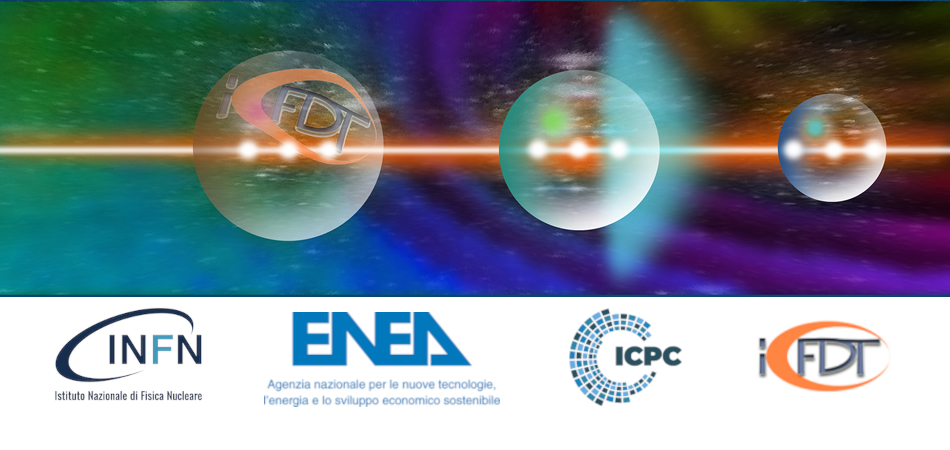Speaker
Description
Dispersion interferometers are gaining in popularity for the measurement of line-integrated electron density in magnetically confined (MC) plasmas. Systems have been developed for use on several MC devices around the world, mostly using a CO2 laser to produce the fundamental wavelength and frequency doubling crystals such as OPGaAs, AgGaSe2 or ZnGeP2 to generate the second harmonic. Systems working at the 10.6m wavelength of the CO2 laser suffer two major disadvantages: the poor efficiency of doubling crystals at this wavelength and the presence of ro-vibrational resonances in the molecular gases present in air (O2, N2, CO2 and H2O) around the second harmonic wavelength (~5m). The use of a shorter wavelength does improve the doubling efficiency; however the signal level is proportionately reduced with the wavelength. This paper discusses a dispersion interferometer using a near infra-red laser and will show results of a working system achieving high signal to noise performance.

